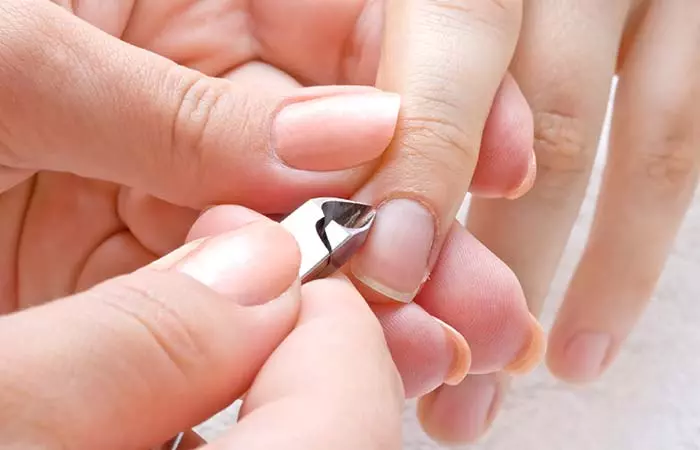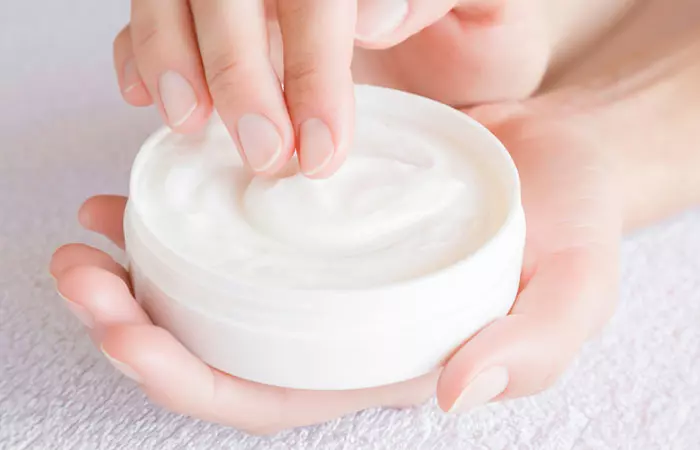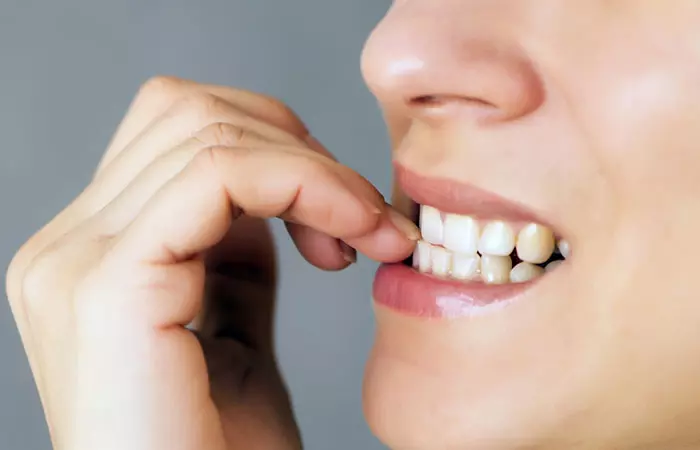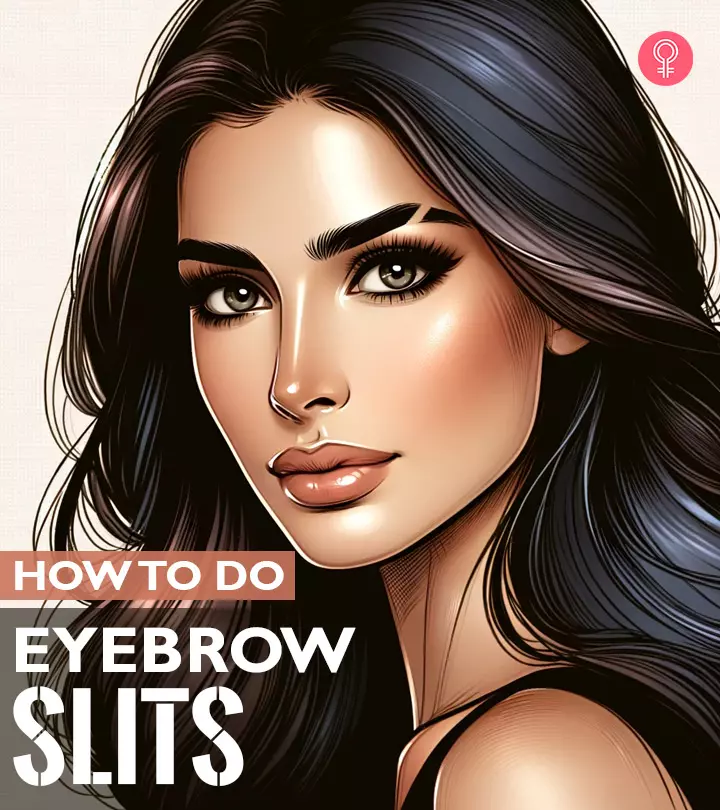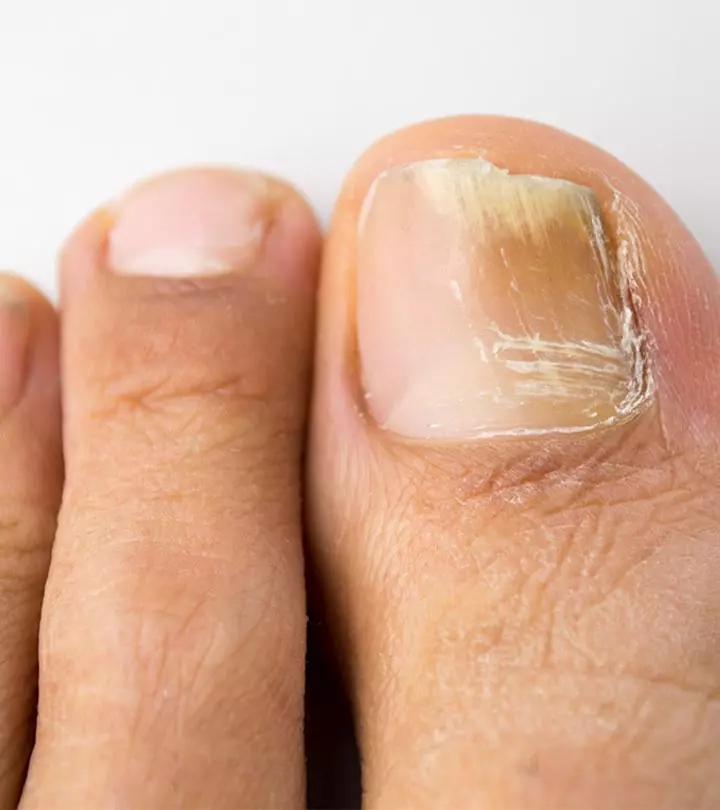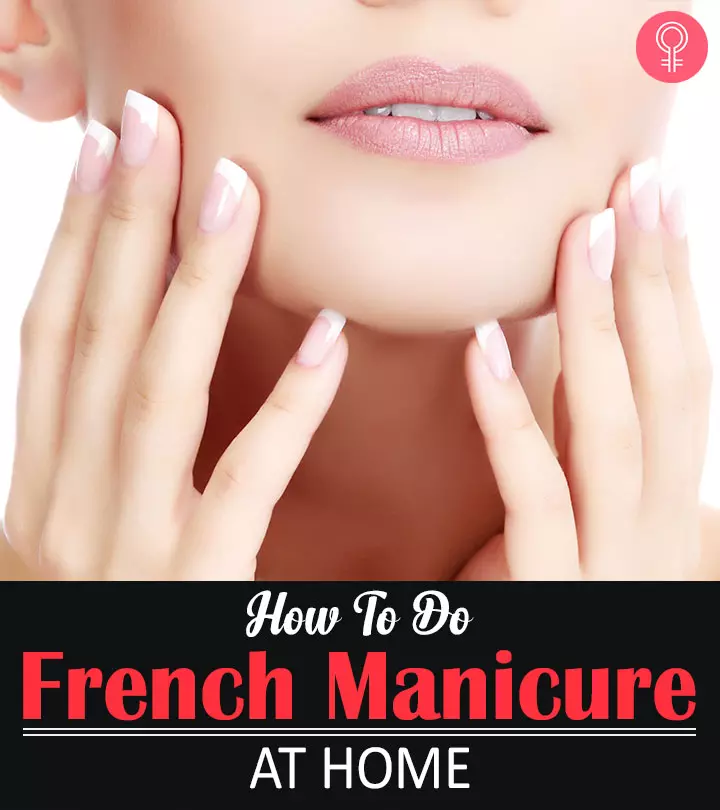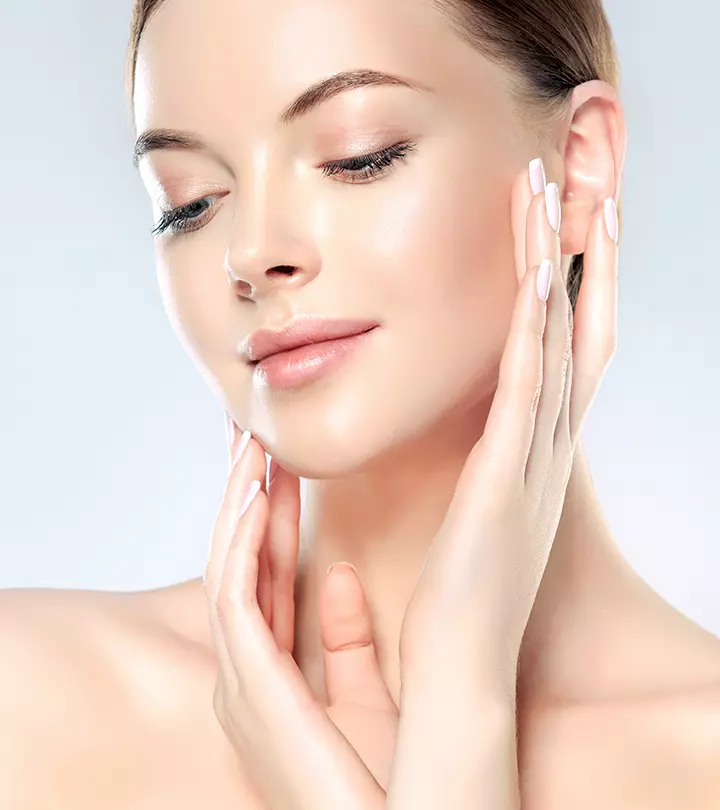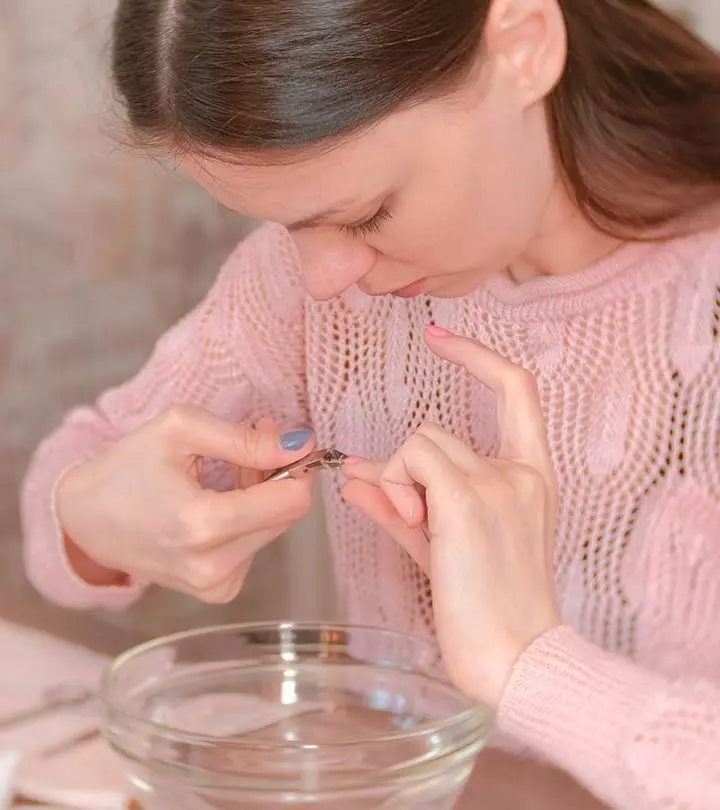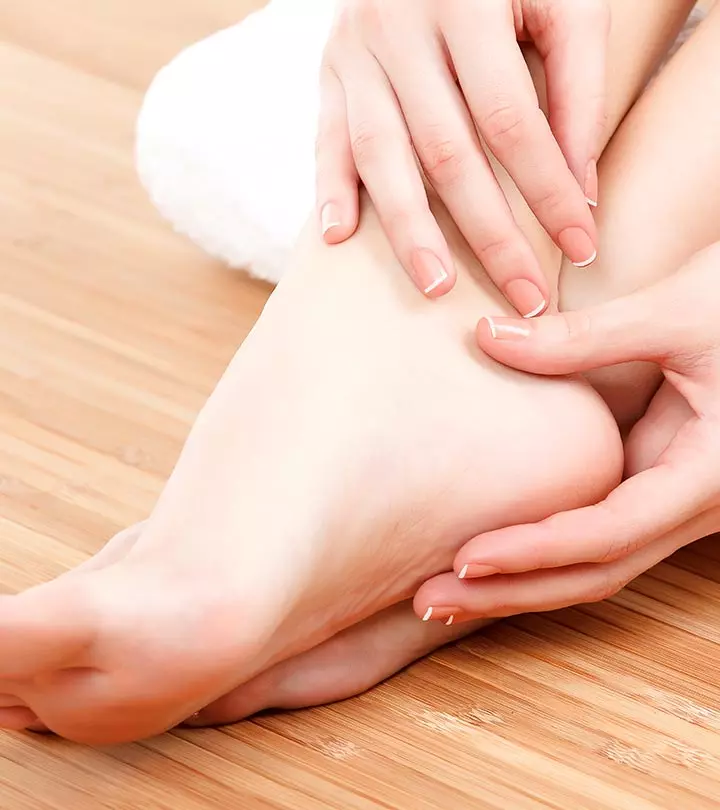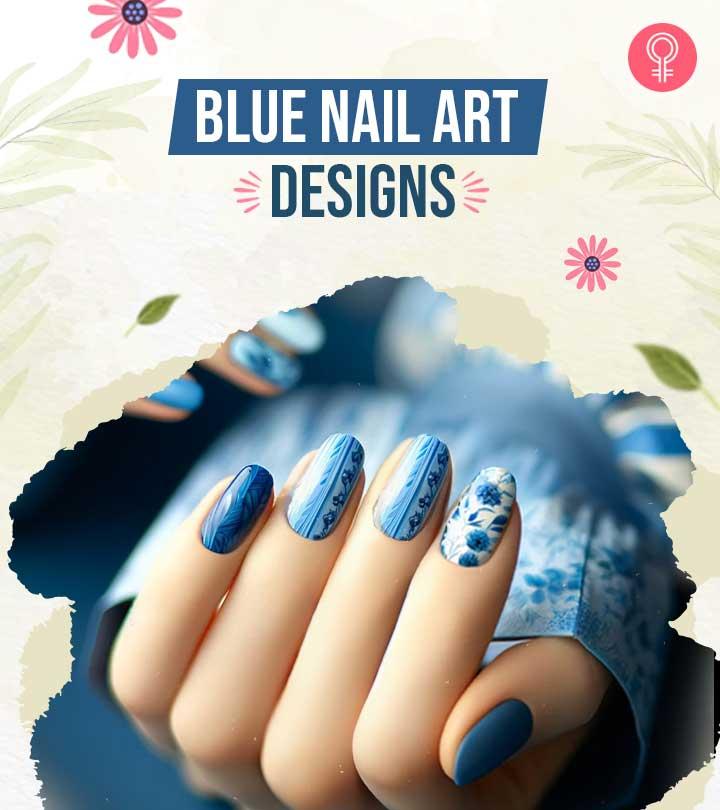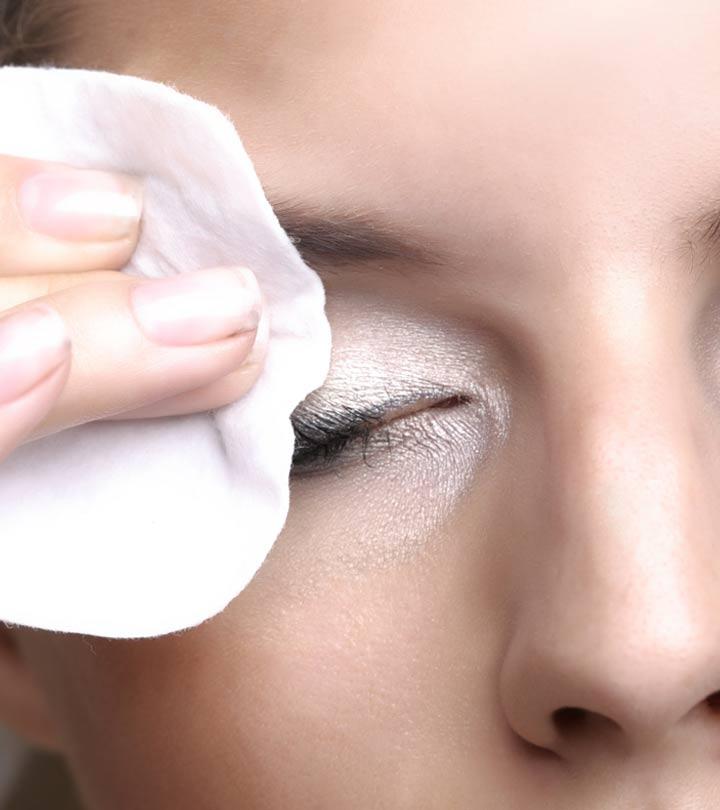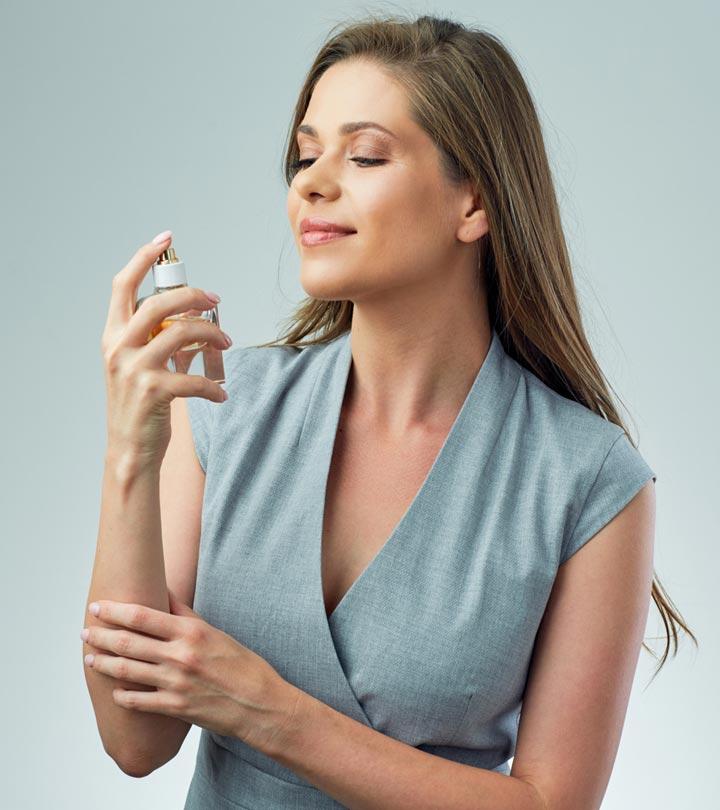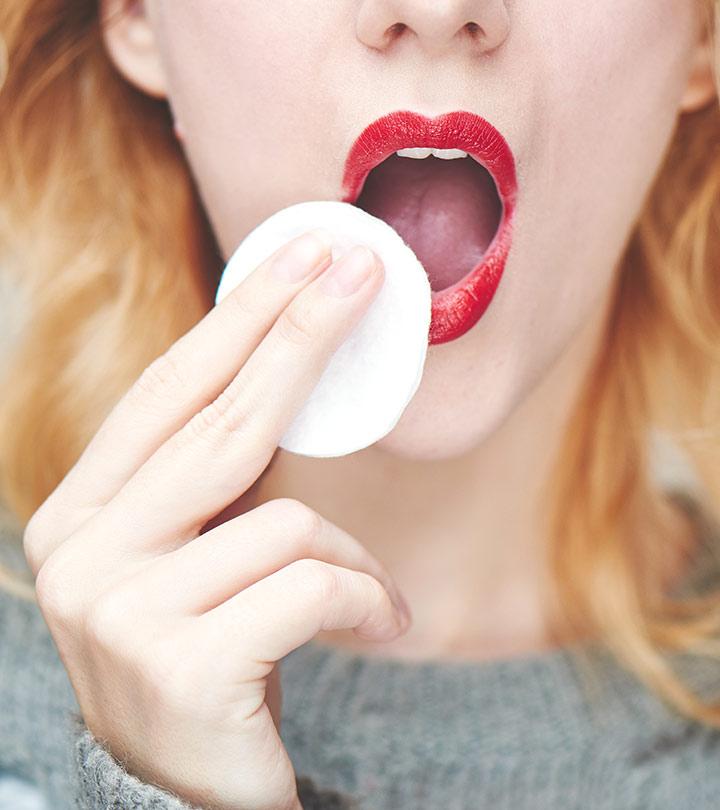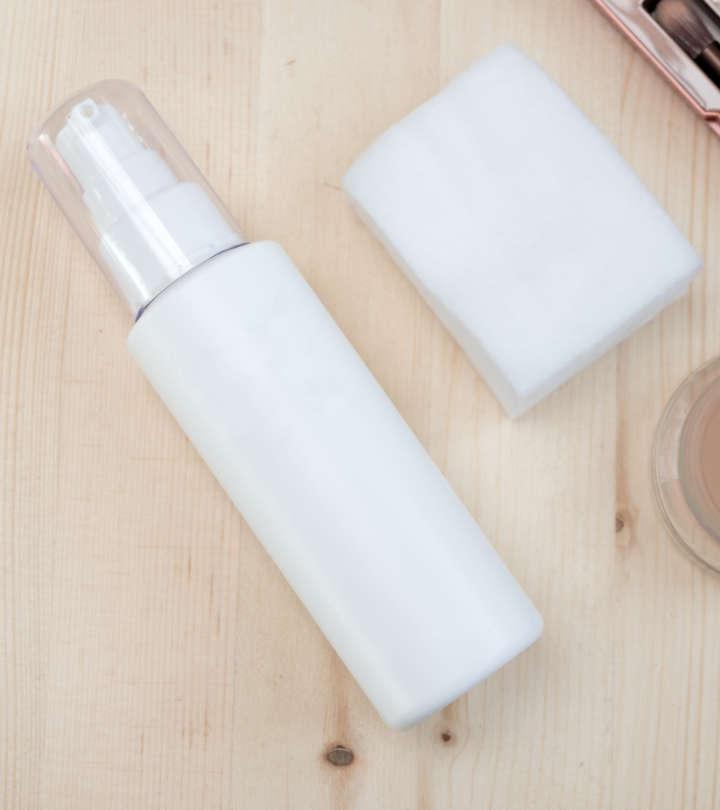How To Get Rid Of Hangnails: A Step-By-Step Tutorial And Tips
It's time to say goodbye to the pain and discomfort caused by those torn pieces of skin.

Image: Shutterstock
A hangnail can get very painful. That is why it is important to learn how to get rid of hangnails safely and painlessly. Healthy, well-maintained nails can make you appear more professional and polished. But, during the winter, your skin and cuticles may get abnormally dry, resulting in hangnails. A hangnail is a portion of skin wrapped around the nail’s root. They are most commonly found on the fingers rather than the toes. Pulling the hangnail out to remove it can rip away the healthy part of the skin as well, causing bleeding and agony. Since it can become contaminated when exposed to fungus and bacteria, this will only worsen the condition. Thankfully, we have some remedies for you if you are stuck with the excruciating discomfort of a hangnail. Check them out below!
In This Article
What Is A Hangnail?
A hangnail refers to that tiny piece of skin which separates from your cuticle. A hangnail is especially painful when it’s still attached to your nail bed or the live portion of your skin.
What Causes Hangnails?
Have you noticed that hangnails tend to occur more frequently during the cold winter months? If you have dry skin, you are even more susceptible to these pesky little suckers. This is because dry skin is more vulnerable to damage caused by harsh soaps, water, and low temperature.
 Trivia
TriviaHow To Get Rid Of Hangnails
If you notice a hangnail, DO NOT rip it off. This is essential if you want to get rid of it without putting yourself at a higher risk of infection. Here’s what you need to do instead!
What You Need
- A large bowl
- Warm water
- Vitamin E oil/olive oil
- Cuticle nipper
- Antibacterial ointment
Step By Step Tutorial
Step 1: Fill a large bowl with warm water and soak your fingers in it for 10 to 15 minutes. If you want to moisturize them, add a few drops of olive oil or vitamin E oil to the water for effective nail and finger care.
Step 2: Dry your hand and use a sterilized and sharp cuticle nipper to cut off the base of the hangnail. This will prevent your hangnail from getting caught on things. However, make sure you don’t cut off more skin than required – this can be painful too.
Step 3: Apply an antibacterial ointment to the area to prevent infection. If your hangnail was embedded a little too deep, now is a good time to wrap a band-aid around it.
Step 4: Moisturize the hangnail area with some vitamin E oil multiple times a day until it fully heals. This step is crucial especially after washing your hands. You can also use petroleum jelly, coconut oil or olive oil to moisturize the area and combat dryness.
Hangnails are a pain to deal with. However, there are a few simple things that you can do to ensure you don’t get them in the first place. Just follow the tips given below and you’ll be set!
 Quick Tip
Quick TipBottled water is the best to use for this water soak method as it is free of contaminants. Or you can boil tap water to kill the bacteria, wait for it to cool down, and then use it.
How To Prevent Hangnails
- Keep Your Nail Beds Moisturized
Dry skin is an invitation for hangnails. It’s important to keep your hands and nail beds moisturized by using either a hand cream or vitamin E oil regularly. It’s a good idea to wear a pair of rubber gloves while washing your dishes to protect your hands from harsh soaps and detergents.
- Cut Off Hangnails While They Are Short
Instead of ripping your skin off or picking on it, use a cuticle nipper to cut off a hangnail as soon as you spot it. The more you wait, the worse it gets. It is also advisable to opt for regular nail trimming and filing. Also, you can get manicure salon treatments regularly for effective nail care. These simple self-care practices will prevent hangnail development to a great extent.
- Stop Biting Your Nails
Biting your nails is a straight-up terrible habit. It damages your nails and the area that surrounds them. This increases your chances of developing hangnails.
- Get Rid Of Acetone
Nail polish removers that contain high amounts of acetone significantly dry out your hands and nail beds. Chuck them out and try something milder. Use a remover that contains moisturizing ingredients like glycerin and vitamin E.
- Eat Nutritious Food
Maintaining a balanced diet is crucial for maintaining your overall health (not just to prevent hangnails). Eat foods that are rich in iron and calcium. If you don’t get enough vitamins through your daily diet, consider taking vitamin and biotin supplements.
These are some effective hangnail preventive methods you can try at home. Now let’s find out the differences between hangnail and ingrown nail in the next section.
Hangnail Vs. Ingrown Nail
A hangnail is when the skin near the nails hangs off a bit, causing pain or discomfort. It can be caused by damaged or dry skin and often occurs when the skin around the nail bed is too dry and starts to rip or peel. Whereas, an ingrown nail occurs when the corner or edge of a nail grows inside the skin instead of growing out. It may result from injuries, poor nail care, wearing tight shoes, or naturally curved nail shapes. In addition, if infected, ingrown nails may require medical attention.
Infographic: DIY Nail Moisturizer Recipe
Hangnails can be annoying and painful. Exposure to harsh chemicals, low temperatures, and water can cause skin dryness and increase the risk of developing hangnails. To ensure that this doesn’t happen in the future, you should consume a healthy diet and keep your nails moisturized. The good news is you can make DIY nail moisturizer with a few household ingredients.
Check out the infographic below to know more. Illustration: StyleCraze Design Team
We can only wish we knew how to get rid of hangnails sooner. Gosh, how painful were they! And not only were they worrisome, but they also made our hands look unhealthy. But “better late than never”, so make the most of our tips mentioned above and say goodbye to those pesky hangnails. Also, do not forget that adopting proper nail grooming habits and a healthy diet will work wonders. So, follow our preventive measures religiously and give the love to your body that it deserves.
Frequently Asked Questions
How to get rid of hangnails without nail clippers?
If you can’t get your hands on a nail clipper, simply put a band-aid over the hangnail until you get one. In podiatry, nail clipping is the safest and most efficient removal technique. Don’t pick on it or trim it with scissors – it’s not advisable.
How to get rid of an infected hangnail?
Identifying an infected hangnail is easy. It is swollen, red, painful, warm, and may have a pus-filled abscess at the edge of the nail. To get rid of it, soak your hands in warm water for 15 minutes, trim the hangnail, and apply medicated creams to speed up recovery. If you still don’t see any improvement or if the condition worsens, consult a doctor.
Do hangnails go away naturally?
Hangnails do go away naturally. However, it is recommended to clip off a hangnail to avoid infections.
What deficiency causes hangnails?
Protein, vitamin C, folic acid, and zinc deficiencies may cause hangnails (1). Consult a doctor to know if you should take supplements or change your diet to manage these deficiencies.
How do you get rid of hangnails overnight?
You can clip off hangnails if there is no infection. If you notice an infection, please consult a doctor for the best treatment options.
What is the difference between a hangnail and ingrown nail?
A hangnail is when the skin near the nails hangs off a bit causing pain or discomfort. An ingrown nail occurs when the corner or edge of a nail grows inside the skin instead of growing out.
Key Takeaways
- Hangnails refer to the small section of skin near the cuticle that separates due to dryness, cold weather, or overwashing of hands.
- Gently clip the affected area and apply cuticle oil or natural oil to keep it moisturized.
- Prevent hangnails by not biting your fingernails, avoiding the use of acetone for polish removal, and following a nutritious diet.
- Do not rip off hangnails and carefully treat them to avoid infections
Learn how to get rid of hangnails quickly and painlessly! No more painful snipping or picking – just follow the easy steps from the video. Check it out!
References
Articles on StyleCraze are backed by verified information from peer-reviewed and academic research papers, reputed organizations, research institutions, and medical associations to ensure accuracy and relevance. Read our editorial policy to learn more.
- Hangnails And Homeopathy Homeo Cure And Research Institute
https://img1.wsimg.com/blobby/go/effa4ef1-d223-47ce-9efd-2ca930258f61/downloads/1bpe2455t_466629.pdf?ver=1614312268862
Read full bio of Gabrielle Richens
Read full bio of Asmita De
Read full bio of Vaishali Sinha






